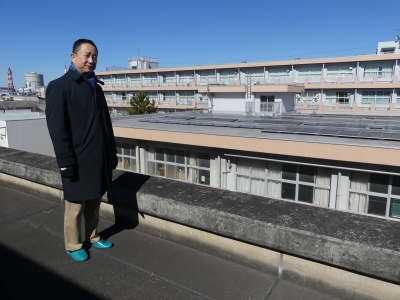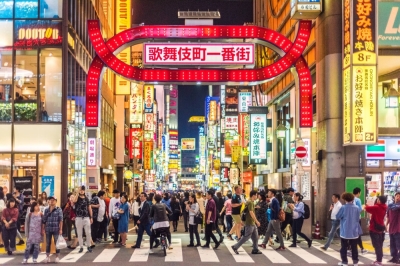The fires ravaging Los Angeles in recent weeks evoke images of hell. Having claimed at least 29 lives, forced close to 200,000 residents to evacuate, incinerated more than 15,000 structures and led to economic losses potentially as high as $250 billion, the wildfires rank among the most catastrophic in the United States’ history.
Climate change exacerbated the disaster’s underlying causes, with recent research pointing to the climate “whiplash” effect, where hot and dry conditions follow intermittent wet periods. Southern California received unusually high rain last winter, leading to extensive vegetation growth. With 2024 being the hottest year on record and LA experiencing its second-driest period ever since May, that vegetation turned into kindling. Add to this the strong Santa Ana winds that hit during the winter instead of the fall — a factor that hasn’t been linked to climate change — and conditions were ripe for the catastrophe.
Despite an increasing number of fire insurance policies not having been renewed in recent years, insured losses caused by the fires have been valued at over $30 billion. Japanese insurers alone face claims of more than ¥90 billion ($575 million), according to an industry news website.




















With your current subscription plan you can comment on stories. However, before writing your first comment, please create a display name in the Profile section of your subscriber account page.